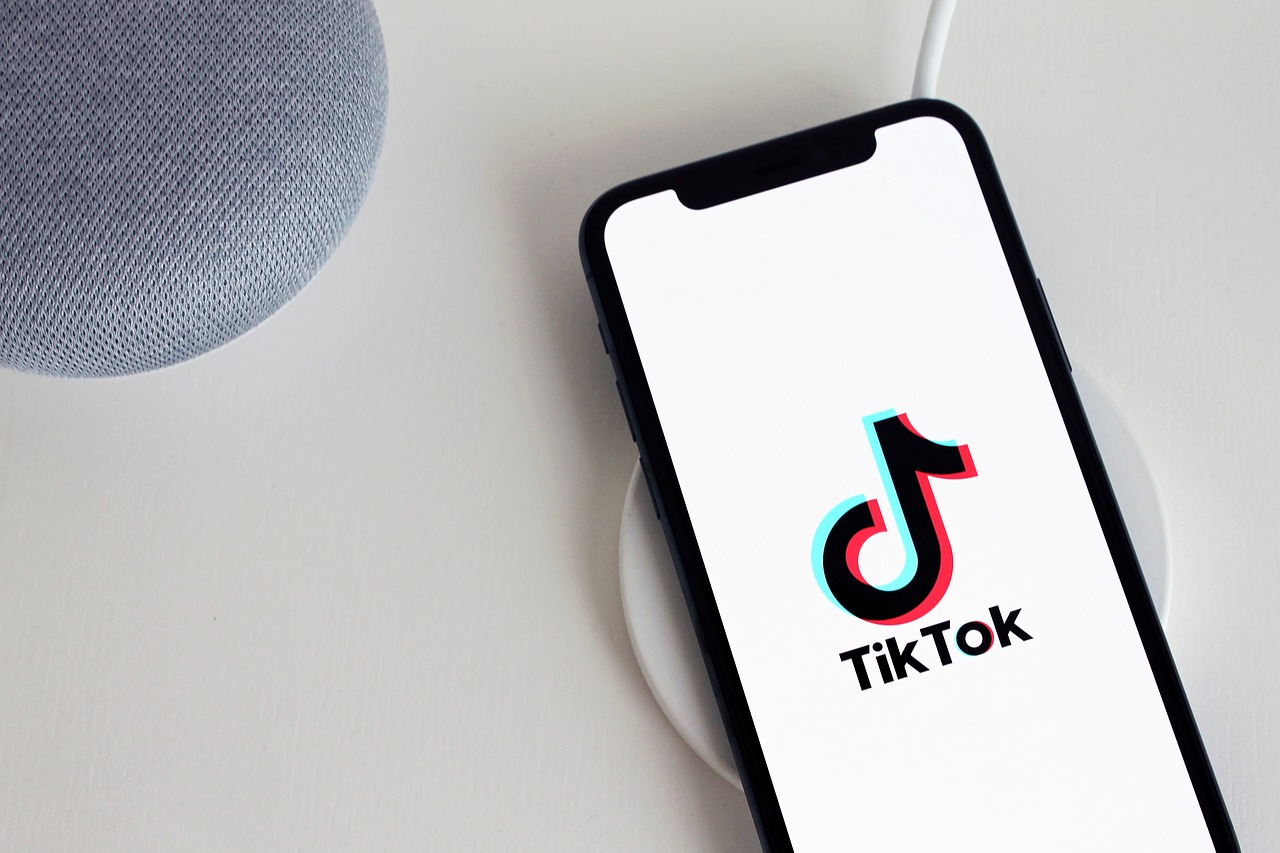Is Time Up for TikTok?
By: Rebecca Herzog

With over 170 million U.S. users, TikTok has a chokehold on the American public.[1] Although the popular social media platform has had immense success, it has also faced years of controversy and criticism in the United States. The U.S. government has fought across presidential administrations to either ban or force the sale of the app to an American company. This post examines the use of an executive order to force a sale and what such an order might mean for the future of TikTok and U.S. government compliance.
An executive order is a formal directive given by the President of the United States that has the full force of law.[2] But an executive order is not legislation. Congress does not have to approve it, and Congress cannot simply overturn it. In fact, only a sitting president can overturn an executive order by issuing another executive order to that effect.[3] Since a president need not wait for the approval of Congress, an executive order allows for relatively quick movement on a particular policy issue. The efficiency and immediacy of an executive order make it a powerful tool to elicit change in the U.S. government.
The earliest attempt to ban TikTok was in August 2020, when President Donald Trump issued an executive order giving ByteDance, the Chinese parent company of TikTok, 45 days to sell the app to an American company.[4] The reasoning behind this executive order was to (1) limit the “Chinese government’s ability to ‘covertly’ manipulate what Americans see on TikTok,” and (2) “prevent the Chinese government from accessing Americans’ data.”[5] This first executive order led to a few negotiations with American companies, such as Walmart and Microsoft,[6] but was ultimately blocked by the federal courts for overstepping the executive power and endangering free speech.[7]
The TikTok controversy carried into President Joe Biden’s term. Instead of an outright ban, the Biden Administration attempted to examine security risks of foreign-owned apps and investigate any national security issues. During President Biden’s term, Congress pushed for an outright ban via legislation. The effort came to a head last spring, when President Biden signed the Protecting Americans from Foreign Adversary Controlled Applications Act, giving ByteDance until January 19, 2025, to divest from TikTok.[8]
ByteDance did not divest by the deadline, resulting in the app going “dark,” removed from the App Store, unavailable to download, and unusable on internet browsers. On January 20, 2025, newly-inaugurated President Trump issued an executive order to place a moratorium on the TikTok ban in the U.S. for 75 days.[9] A little more than 12 hours later, the app was restored for those who had it already downloaded on their phone.
With this new executive order[10] and the Protecting Americans from Foreign Adversary Controlled Applications Act still on the books, many are asking what the future of TikTok will look like. It is possible that in the future, foreign-owned apps will be more closely regulated, possibly creating federal government oversight of algorithms or creating more transparency in platform policies. TikTok could also be sold to an American company, fulfilling the initial wish of the first Trump Administration in August 2020. It is also possible that even after the swift rescue of TikTok, the ban still goes through after it’s 75-day extension. Ultimately, the future of TikTok is uncertain. What is certain is that this will not only shape the fate of one app but set forth a precedent for the future of global technology and government control over what entities can own particular digital platforms.
[1] Megon Lebowitz, et. al, TikTok makes app unavailable for U.S. users ahead of ban, NBC News, (January 18, 2025, 10:45 PM), https://www.nbcnews.com/tech/tech-news/tiktok-makes-app-unavailable-us-users-ahead-ban-rcna188294.
[2] What Is an Executive Order?, Am. Bar Ass’n (January 25, 2021), https://www.americanbar.org/groups/public_education/publications/teaching-legal-docs/what-is-an-executive-order-/.
[3] Id.
[4] Bobby Allyn, Trump Signs Executive Order That Will Effectively Ban Use Of TikTok In the U.S., NPR (August 6, 2020, 11:21 PM), https://www.npr.org/2020/08/06/900019185/trump-signs-executive-order-that-will-effectively-ban-use-of-tiktok-in-the-u-s.
[5] Ashley Gorski & Patrick Toomey, Banning TikTok is Unconstitutional. The Supreme Court Must Step In., ACLU (January 15, 2025), https://www.aclu.org/news/national-security/banning-tiktok-is-unconstitutional-the-supreme-court-must-step-in.
[6] See AFP, Walmart Says Teaming With Microsoft in Bid for TikTok, Security Week (August 28, 2020), https://www.securityweek.com/walmart-says-teaming-microsoft-bid-tiktok/.
[7] See Gorski and Toomey, supra note 5.
[8] Greta Cross, Trump’s 75-day extension of TikTok ban falls into ‘gray area,’ experts say. What to know, USA Today (Jan. 27, 2025, 5:45 PM), https://www.usatoday.com/story/tech/news/2025/01/27/tiktok-ban-extension-trump/77972345007/.
[9] Id.
[10] Exec. Order No. 14166, 90 Fed. Reg. 8611 (Jan. 30, 2025).
Image Link: https://pixabay.com/photos/tiktok-app-iphone-phone-5064078/

1 Pingback